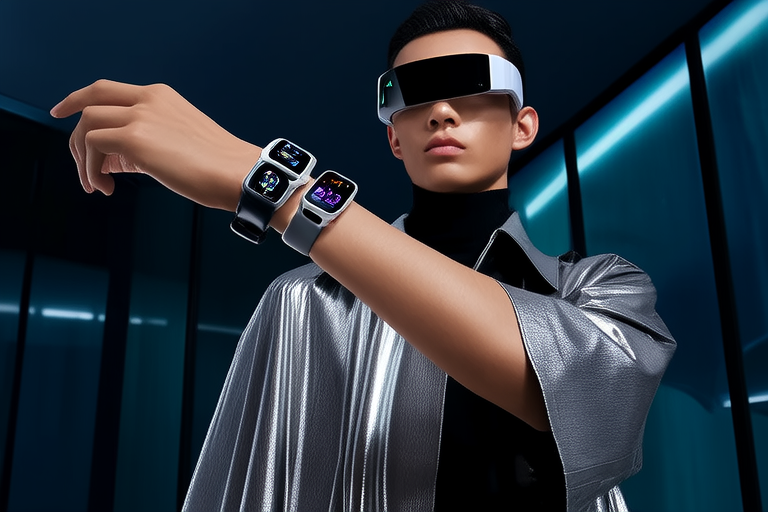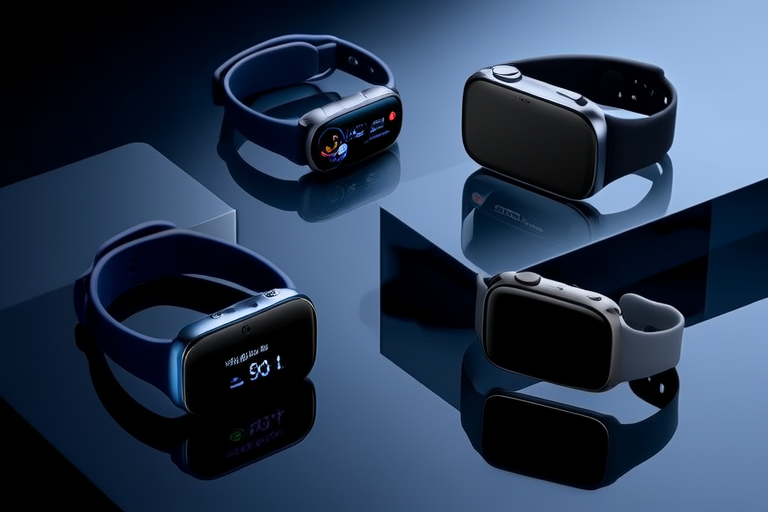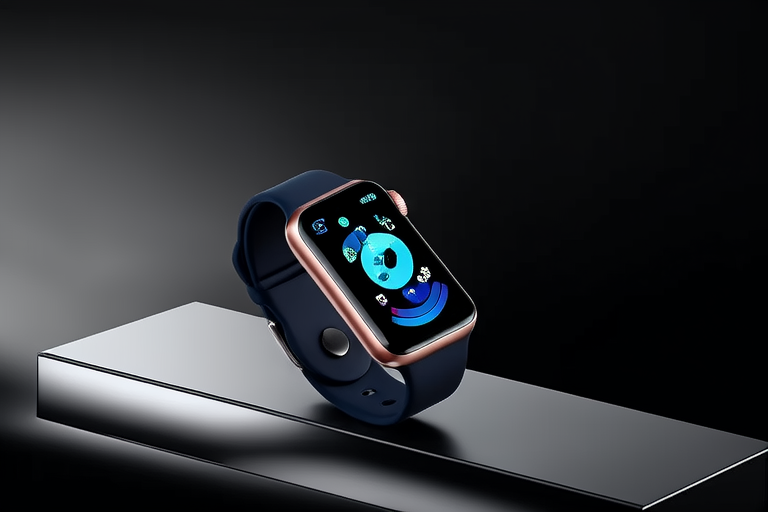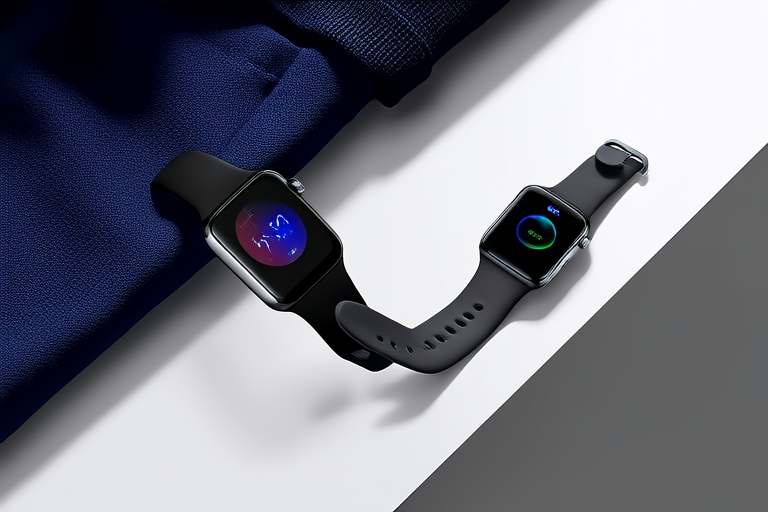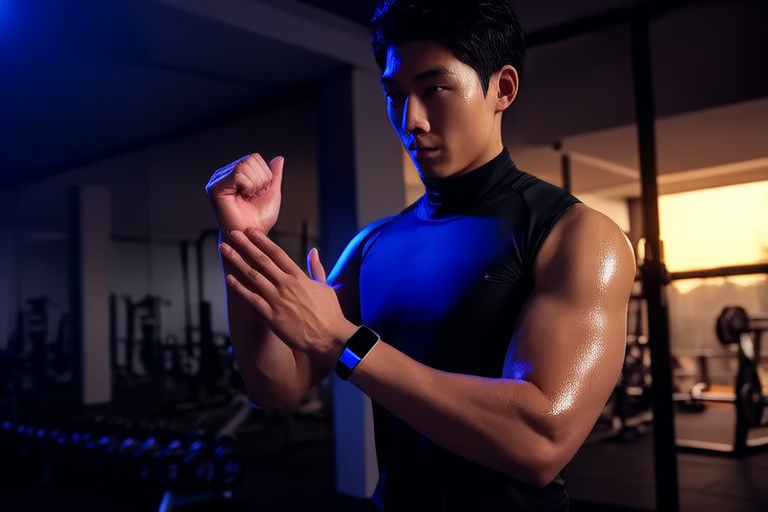Introduction
The term “smartwear” refers to clothing that integrates advanced technology to enhance functionality and user experience. In today’s rapidly evolving world, where technology and fashion are increasingly intertwined, smartwear has emerged as a significant innovation. It represents a convergence of two traditionally distinct fields—fashion and technology—creating products that are not only stylish but also serve practical purposes. This article explores the journey of smartwear from its conceptual beginnings to its current status as a functional and fashionable accessory.
Early Days of Smartwear
The origins of smartwear can be traced back to the late 20th century when visionary thinkers began experimenting with integrating technology into textiles. Early prototypes were rudimentary, often focusing on basic functionalities like lighting or simple communication capabilities. Key milestones include the development of conductive threads and the introduction of wearable computing devices. Pioneers such as Steve Mann, known as the “father of wearable computing,” played pivotal roles in laying the foundation for modern smartwear.
Despite these early efforts, several challenges hindered progress. Technological limitations, including battery life and processing power, posed significant obstacles. Additionally, the bulky nature of early devices made them impractical for everyday use. However, relentless innovation gradually overcame these hurdles, paving the way for more sophisticated and user-friendly products.
Integration of Technology into Fashion
Advancements in sensor technology, textiles, and materials science have been instrumental in transforming smartwear from an experimental niche to a mainstream phenomenon. Sensors embedded within fabrics now enable real-time data collection, while flexible circuits and lightweight materials ensure comfort and wearability. Companies like Google and Apple have been early adopters, integrating technology into their designs to offer seamless user experiences.
The importance of wearability cannot be overstated. Comfortable, stylish, and functional clothing is essential for widespread adoption. Brands like Levi’s have successfully incorporated technology into their denim lines, creating garments that blend fashion with functionality. These innovations not only improve user satisfaction but also contribute to the growing popularity of smart clothing.
Functional Applications
Smartwear has found numerous applications, ranging from health monitoring to fitness tracking and environmental awareness. Heart rate monitors, GPS tracking systems, and temperature-regulating fabrics are just a few examples of the technologies powering these applications. For instance, Fitbit’s line of fitness trackers provides users with detailed insights into their physical activity, sleep patterns, and overall health.
These functionalities significantly enhance user experience and convenience. Users can now monitor their vital signs, track their workouts, and even receive alerts about their surroundings—all without the need for separate devices. This integration of technology into everyday clothing promises to revolutionize how people interact with their environment.
Fashion Meets Function
The balance between aesthetics and functionality is crucial in contemporary smartwear designs. Brands like Ralph Lauren and Tommy Hilfiger have successfully combined style with technology, offering garments that look great while providing valuable features. Wearable tech accessories, such as smartwatches and augmented reality glasses, further exemplify this trend.
Trends in smartwear fashion reflect a growing emphasis on versatility and adaptability. Designers are increasingly focusing on creating garments that can seamlessly transition from day to night, office to gym, or urban to rural settings. This approach ensures that smart clothing remains relevant and appealing to a wide range of consumers.
Future Prospects
The future of smartwear holds exciting possibilities. Breakthroughs in biometric sensors, energy harvesting, and artificial intelligence (AI) integration could lead to even more advanced functionalities. For example, AI-powered clothing might predict user needs based on biometric data, offering personalized recommendations and assistance.
However, the widespread adoption of smart clothing also raises ethical concerns. Issues related to privacy, security, and data ownership must be carefully addressed. As smartwear becomes more integrated into daily life, ensuring that users’ personal information is protected will be paramount.
Conclusion
From its humble beginnings as experimental prototypes to its current status as a functional and fashionable accessory, smartwear has come a long way. The ongoing fusion of fashion and technology promises a bright future filled with endless possibilities. As we continue to innovate and refine these products, it is essential to strike a balance between functionality and aesthetics, ensuring that smart clothing remains both useful and desirable.
Embrace the opportunities offered by smartwear technology, and let your imagination guide you towards a future where fashion and function coexist harmoniously.
